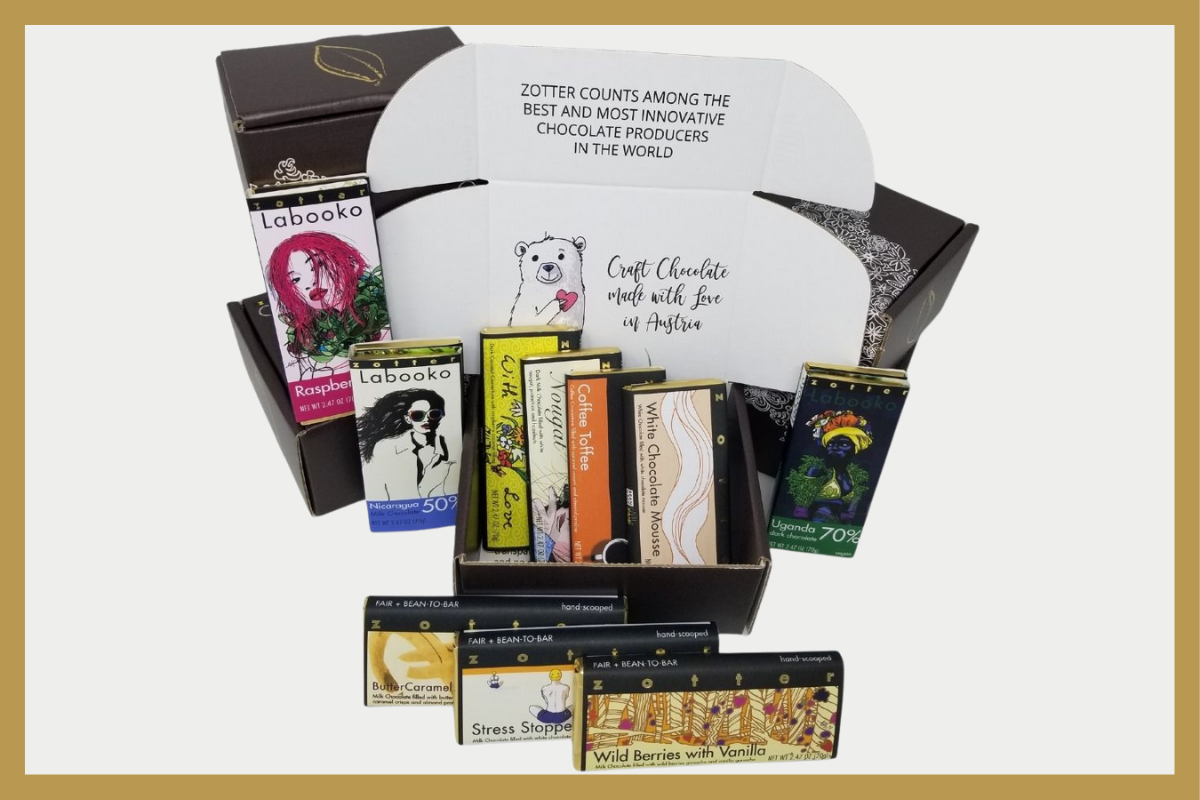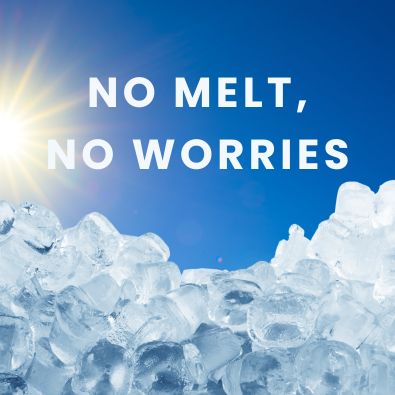Conching is an important step in the method of chocolate production. Before conching was used in chocolate production, chocolate was much more crumbly, and did not have the smooth, satiny texture that it does today. There are many different methods and means used for conching in chocolate production, depending upon the chocolate maker.
When & Where Conching Originated
Conching is said to have been invented by Rodolphe Lindt, a Swiss chocolatier, in the late 1800s. The Lindt chocolate company says that conching was originally the result of an accident during chocolate production that allowed a chocolate mixing machine to stay running over the weekend. When the chocolate makers saw the result of that extra time spent in the mixer, they found that the end result was a chocolate that was less granular, smoother, and more pleasant to eat.
Phases of Conching in Chocolate Production
There are many different methods and tools used in chocolate production. Which are used depends upon the chocolatier, the type of chocolate they are creating, and the cost of the end product. In the dry conching phase, chocolate is still crumbly and powdery. In the pasty phase, the chocolate is gradually changing to a paste and much of the fat has been released. In the liquefied phase, chocolate becomes a liquid as emulsifiers and flavors are unlocked.
Benefits of Conching in Chocolate Production
Conching is such an important step in chocolate production because it allows air to flow through the chocolate while it is being mixed. This removes some acidic flavors from the chocolate, reduces the moisture content, and mellows the flavor. The end result is an improvement in the overall flavor and texture of the chocolate.
At Zotter Chocolate, we use the finest chocolate production methods to ensure our chocolates have a wholly unique flavor profile. Our bean to bar production method, combined with our organic, fair trade ingredients, results in a quality you can taste. Learn more or buy some hand-scooped chocolate from our online store.


